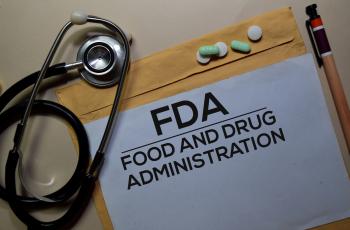Do I Have Prediabetes? Expanding the Reach of a Bold New Ad Campaign
Ninety percent of people with prediabetes don’t know they have it, according to recently released CDC data. This means that over 75 million U.S. adults are unaware they are living with this condition and are likely to develop type 2 diabetes in the future.
Seeking to address this problem, the Ad Council has partnered with the American Diabetes Association, American Medical Association, and Centers for Disease Control to create an advertising campaign that urges viewers to visit DoIHavePrediabetes.org. The website walks people through a simple risk test. The ads themselves feature puppies, hedgehogs, and baby goats, prompting people to spend one minute informally assessing their risk while doing something they would normally give up one minute of their time for: watching videos of cute animals. The hope is that viewers who learn they are at high risk for prediabetes will visit their doctor, have their A1c checked, and learn more about lifestyle changes that can help lower their blood sugar.
Since the campaign’s launch in January 2016, 1.8 million people have completed the risk test and 285,000 have clicked the “Next, find out how you can reverse prediabetes” link. How can we increase these numbers?
The diaTribe Foundation’s recent gathering, d17: Executive Innovation Lab in Diabetes and Prediabetes brought together leaders from many different sectors, and they were excited by the campaign, suggesting additional ways to expand its reach:
- Airing the ad on Taxi TV, and with the participation of Lyft and Uber drivers who have screens in their vehicles.
- Airing the ad on airline television screens.
- Printing the link to the risk test on receipts at major retailers like Walmart and Target.
- Showing the ad on the Oprah Winfrey Network.
- Commissioning Humans of New York to do a series on people with prediabetes, linking to the risk test in every post.
The ad campaign has the potential to be highly effective by lightening the subject with the right amount of humor. By showing the ads in new, unconventional mediums, the organizations can circulate the prediabetes message to people who wouldn’t otherwise see it. We hope that the campaign can indeed spread its reach – and spur some new thinking – so that a greater portion of the 75 million who don’t know they have prediabetes can find out.
Do you have an idea about how to spread awareness of prediabetes? Let us know on Twitter!


